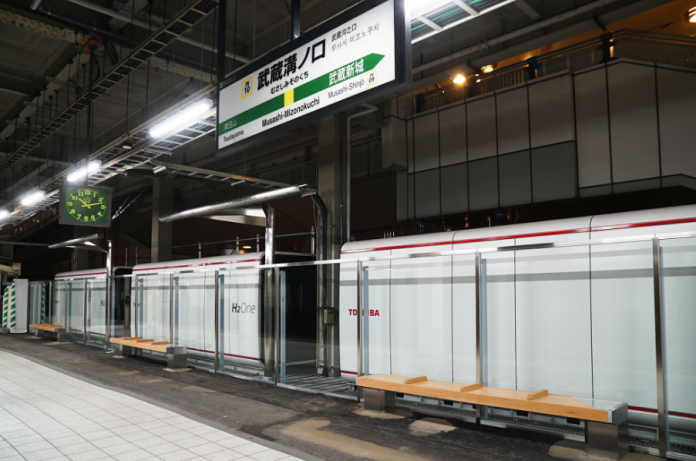Toshiba’s hydrogen energy system will now provide power to the Musashi-Mizonokuchi Station in Japan.
The system, H2One, is now operational and generating electricity to light part of the station, which is based on the JR Nambua Line in the city of Kawasaki.
Should a disaster cut the energy supply to the station, Toshiba’s off-grid system will also be used to continue to power the lights and the hot water.
During the winter, hot water generated from the system will be used to warm the station’s benches.
H2One delivers a CO2-free, environmentally friendly energy solution, according to the Japanese conglomerate, it produces hydrogen to generate electricity and lowers the consumption of mains electricity. Toshiba’s H2EMS management system is used to control it.
New Energy Solutions project manager Hiroyuki Ota said: “I am delighted that we have installed an H2One at a train station for the first time.
“I am sure use of the BCP H2One will save energy and raise environmental awareness among passengers using the station.
“Our goal is to help realise a low carbon economy where CO2-free electricity from hydrogen is widely used.”
Toshiba has already delivered a H2One model to the Kawasaki Marien public facility and Higashi-Ogishima-Naka Park, both of which are in the Kawasaki Port area, and to an artificial island and pier in the Port of Yokohama.



